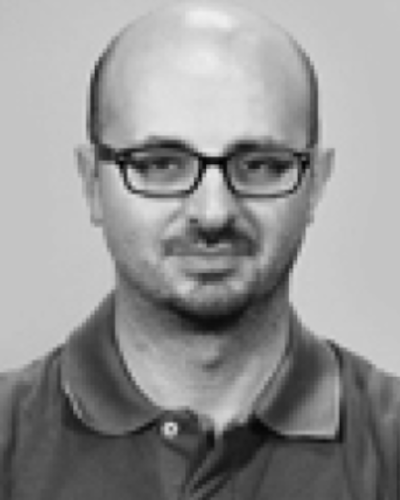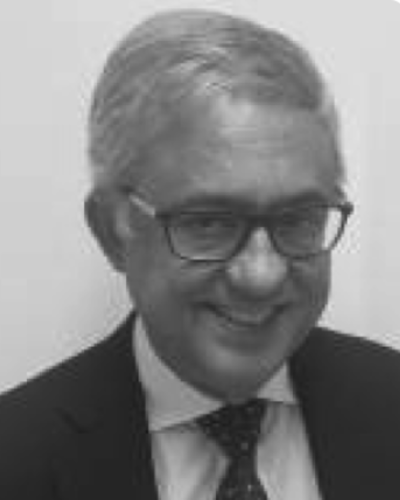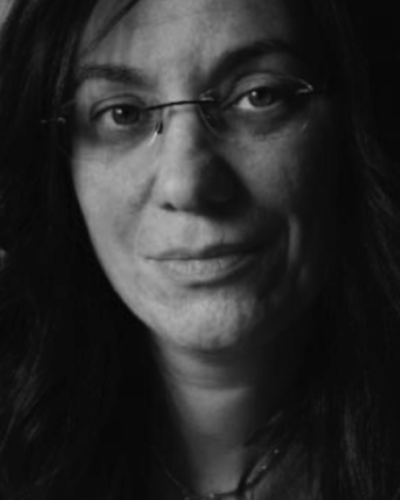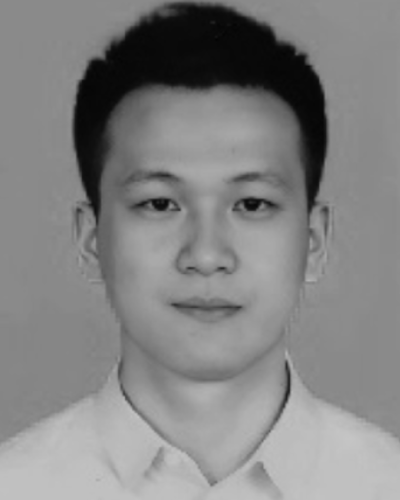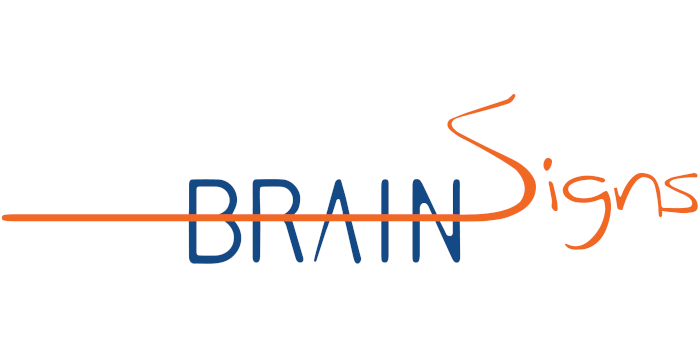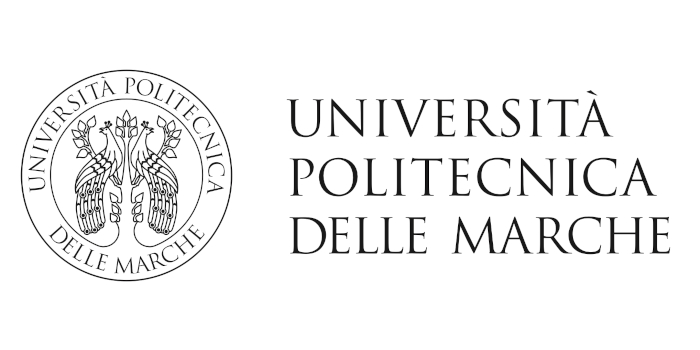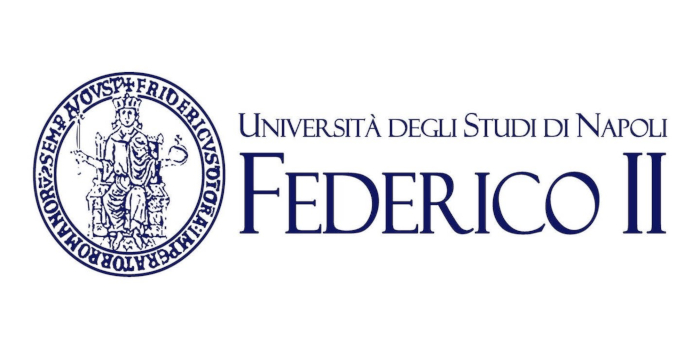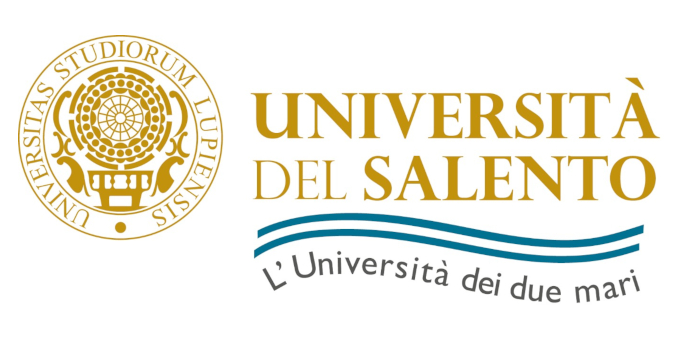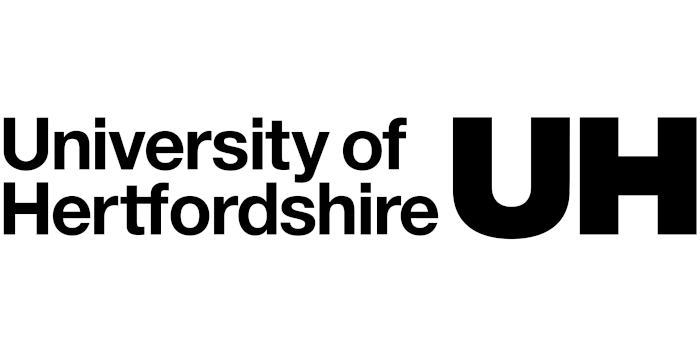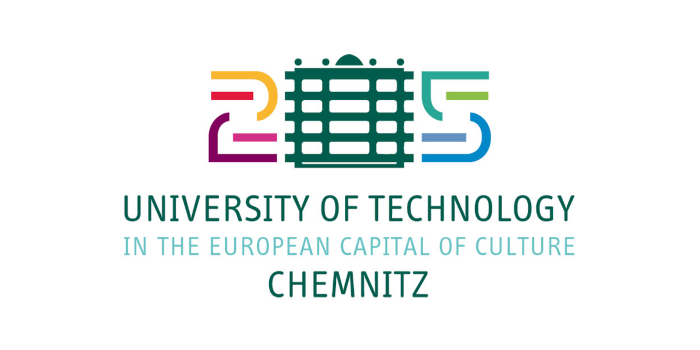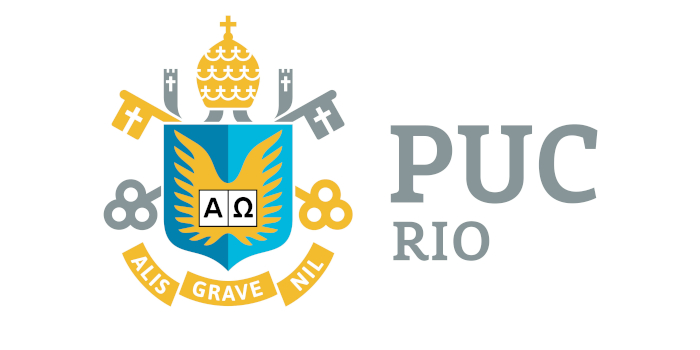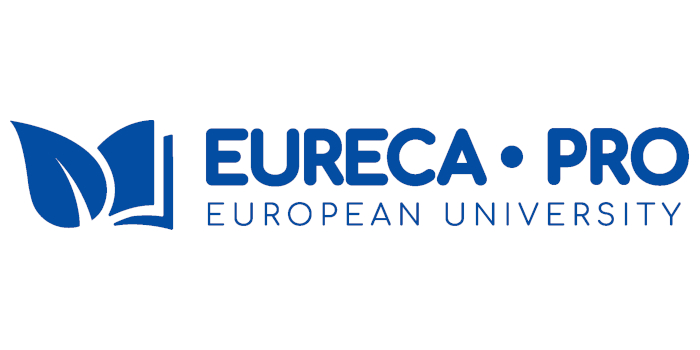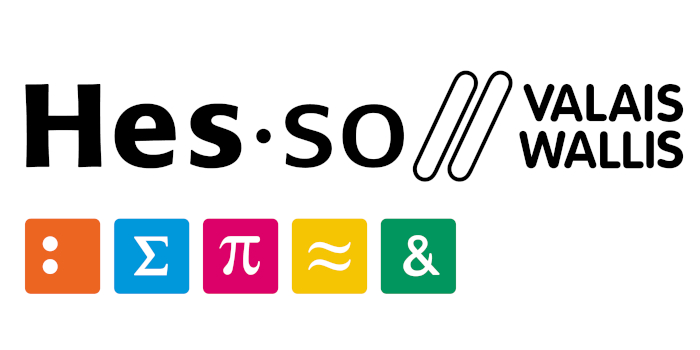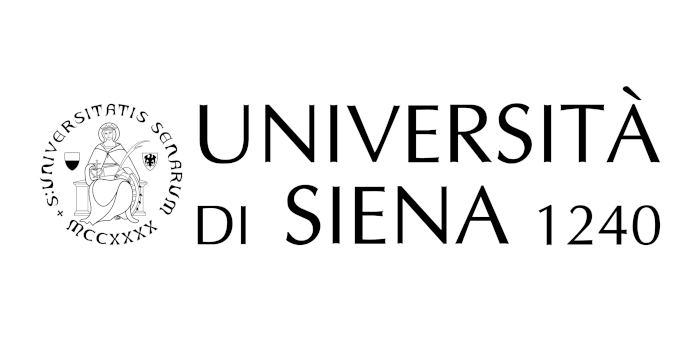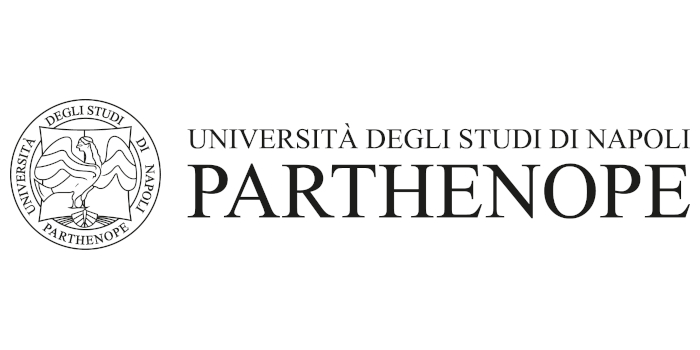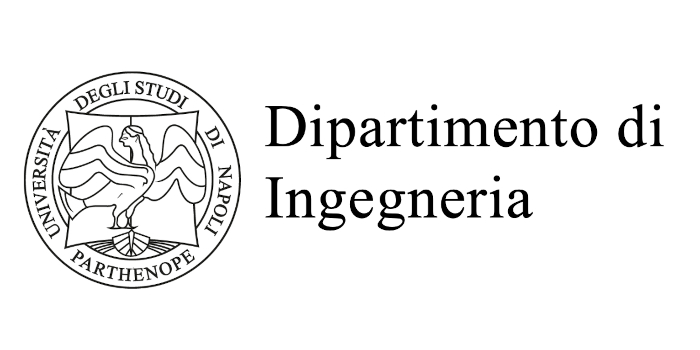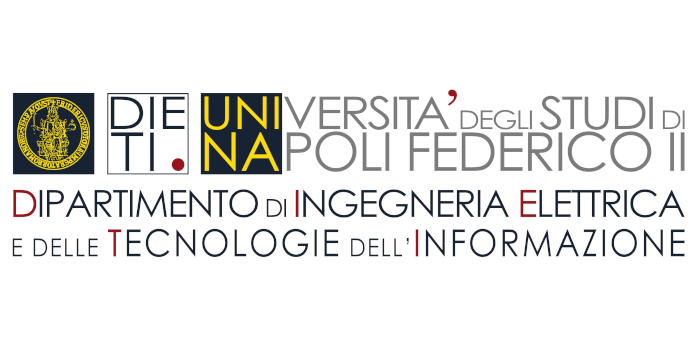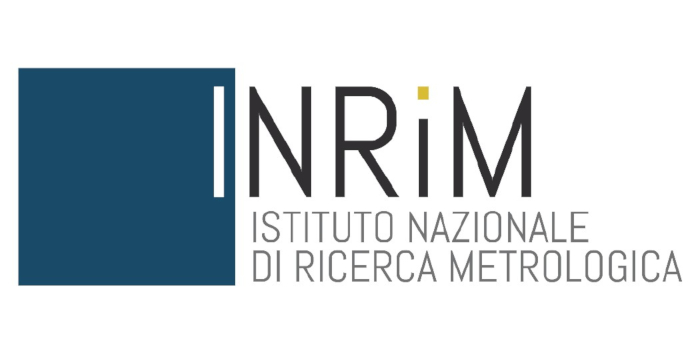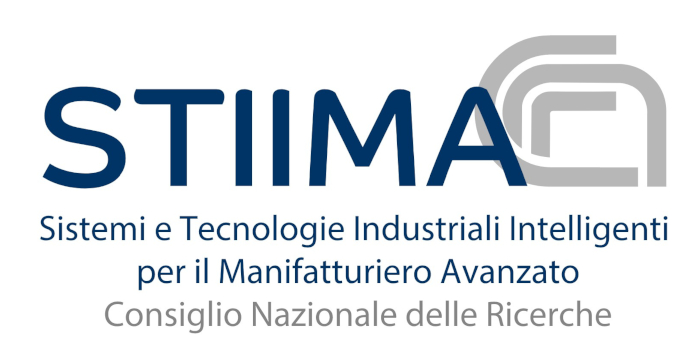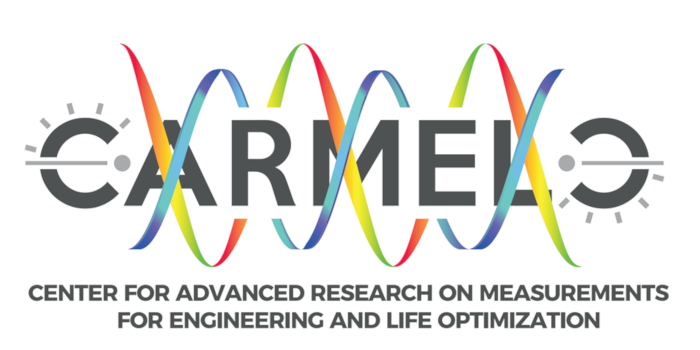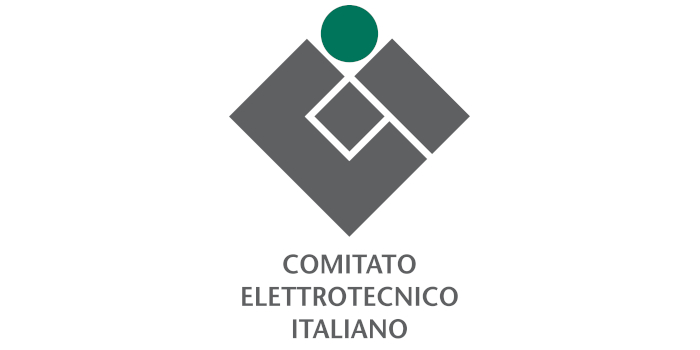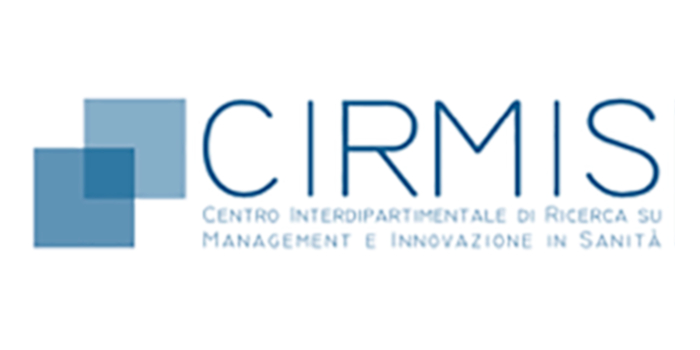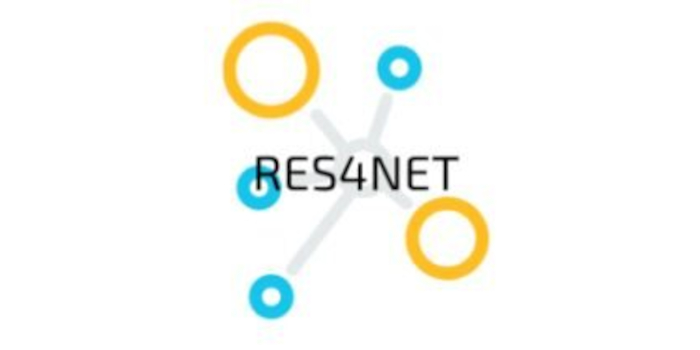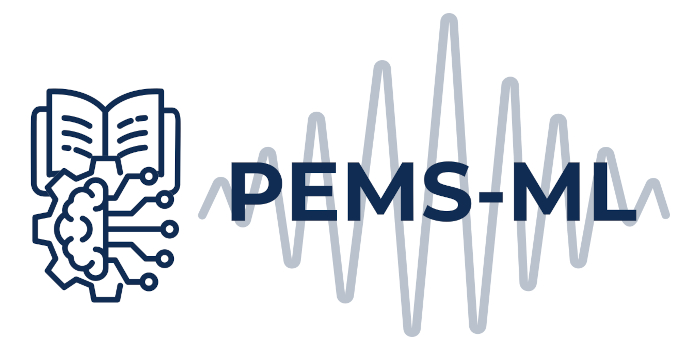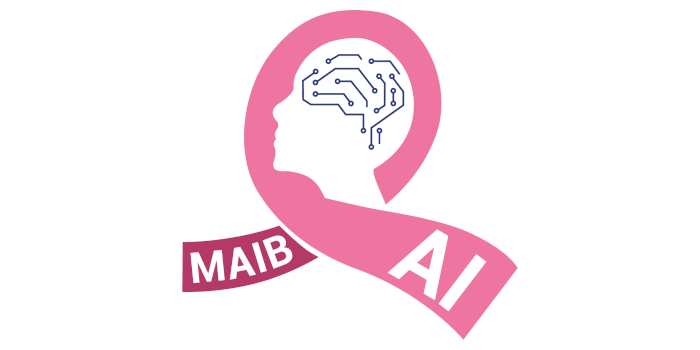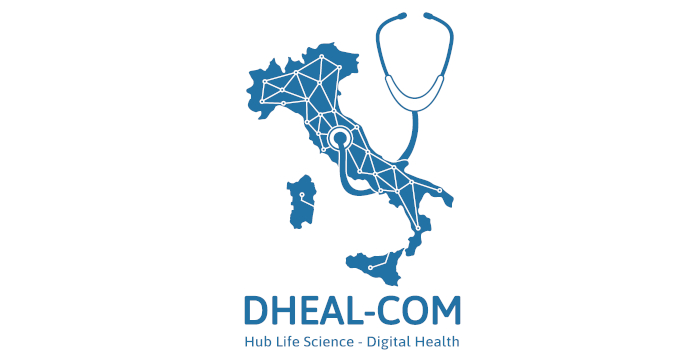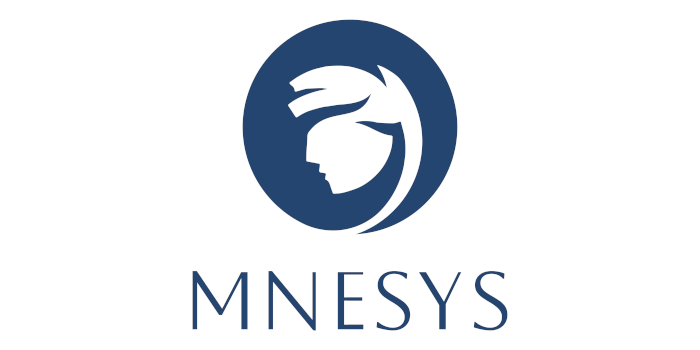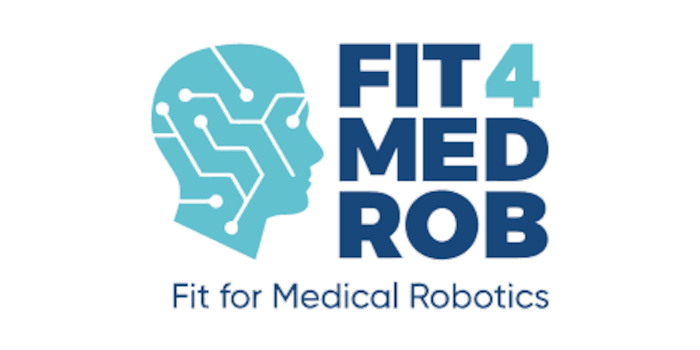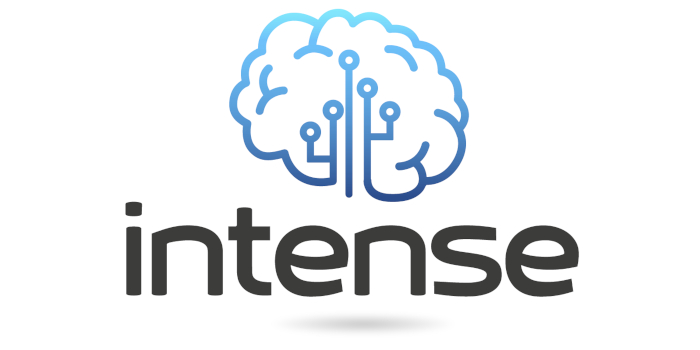THEMATIC SESSION #6
Explainable Artificial Intelligence in Bioengineering
ORGANIZED BY
Francesco Mercaldo
University of Molise, Campobasso, Italy
Mario Cesarelli
University of Sannio, Benevento, Italy
Antonella Santone
University of Molise, Campobasso, Italy
Pan Huang
Chongqing University and Nanyang Technological University China
ABSTRACT
Artificial intelligence is widely adopted in bioinformatics and bioengineering. As a matter of fact when the diagnosis or selection of therapy is no longer performed exclusively by the physician, but to a significant extent by artificial intelligence, decisions easily become nontransparent. The most common application of machine learning algorithms in the bioinformatics and bioengineering context is automatic clinical decision-making.
For these tasks, these are several well-known algorithms (artificial neural networks, classifiers, etc.), which are tuned based on (labeled) samples to optimize the classification of unseen instances. A deep understanding of the mathematical details of the decision behind an Artificial intelligence algorithm may be possible for statistics or computer science domain experts. Clearly, when it comes to the fate of human beings, this "developer’s explanation" is not sufficient.
The shift from therapy-relevant decisions based on human knowledge to black-box-like computer algorithms makes the decision-making increasingly incomprehensible to medical staff and patients. This has been recognized in the issuance of guidelines, e.g., by the European Union or DARPA (USA), which emphasize the need for computer-based decisions to be transparent and in a form that can be communicated in an understandable way to medical personnel and patients. To address this problem, the concept of explainable artificial intelligence (XAI) is attracting scientific interest. XAI uses a representation of human knowledge, usually (a subset of) predicate logic, for its reasoning, deduction, and classification (diagnosis). The aim of this workshop is to boost the research and industrial community in the proposal and development of methodologies aimed to (clearly) explain the clinical decisional process to non-domain experts.
ABOUT THE ORGANIZERS
Francesco Mercaldo is a Researcher (RTDb) at the University of Molise in Campobasso, Italy for the IBIO-01/A Bioengineering sector (formerly ING-INF/06 Electronic and Informatics bioengineering). He was a post-doctoral research fellow at the Institute of Informatics and Telematics of the National Research Council of Italy (CNR) in Pisa. In July 2015, he received the PhD in Information Engineering from the Department of Engineering, University of Sannio. He received the Laurea in Computer Engineering from the University of Sannio, Italy, in 2012. The research areas of Francesco are related to data mining and knowledge extraction, with a particular emphasis on image processing and analysis through the adoption deep learning techniques. Within this domain, he is working to enhance the explainability of model predictions, striving to make the decision-making process of artificial intelligence models more transparent and interpretable. This is especially critical in domains where trust, reliability, and actionable insights are paramount. He is co-author of about 250 publications including international conference proceedings and international journals, in addition to being the organizer of several workshops in international conferences.
Mario Cesarelli graduated in Electronic Engineering, with a grade of 110 cum laude/110, at the Faculty of Engineering of the University of Naples.
Since 1979 he has been working in the field of signal analysis and image processing.
In the academic year 1983/84, he obtained with full marks the diploma of specialization in Biomedical Technologies at the 2nd Faculty of Medicine and Surgery of the University of Naples. In July 1989, he won the competition for Researcher, GROUP 107, at the Faculty of Engineering of the University of Naples. In 1992 he won the competition for Associate Professor of Bioengineering, GROUP I261 (current ING-INF/06). Since November 1, 2018, he is full professor of Bioengineering (ING-INF/06). He is a member of the Italian Association of Medical and Biological Engineering, AIIMB (affiliated to the International Federation for Medical and Biological Engineering, IFMBE) and of the AIFB. He has participated in numerous national and international conferences and is the author of numerous scientific publications.
He has been a reviewer for the following journals: a) IEEE Transaction on Biomedical Engineering; b) Medical & Biological Engineering & Computing, c) Medical Engineering & Physics, d) Computer Methods and Programs in Biomedicine.
Antonella Santone received the Laurea degree in computer science from the University of Pisa, Italy, in April 1993, and the Ph.D. degree in computer systems engineering from Dipartimento di Ingegneria della Informazione, University of Pisa, in September 1997. She was an Assistant Professor with the University of Pisa, from November 1998 to October 2001. She was an Associate Professor with the Department of Engineering, University of Sannio, from November 2001 to August 2017. She was an Associate Professor with the University of Molise, since September 2017 and she has been Full Professor from 2024. She has written more than hundred papers for international journals and conferences. She was involved in several research activities and projects. Her current research is focused on formal verification methods. Her research interests include formal description techniques, temporal logic, concurrent and distributed systems modeling, heuristic search, and formal methods in systems biology and in software security.
Pan Huang received the bachelor’s degree in communications engineering from Xinjiang University, Urumqi, China, in 2020, and the master’s degree from the School of Microelectronics and Communications Engineering, Chongqing University, Chongqing, China, in 2021. He is currently pursuing the Ph.D. degree with the College of Optoelectronic Engineering, Chongqing University.,He has authored or coauthored over 18 peer-reviewed papers in journals and conferences (e.g., IEEE Transactions on Medical Imaging, IEEE Journal of Biomedical and Health Informatics, and Computers in Biology and Medicine). His current research interests cover a wide range of topics related to medical image processing, computational pathology, interpretable learning, and domain adaptation.


